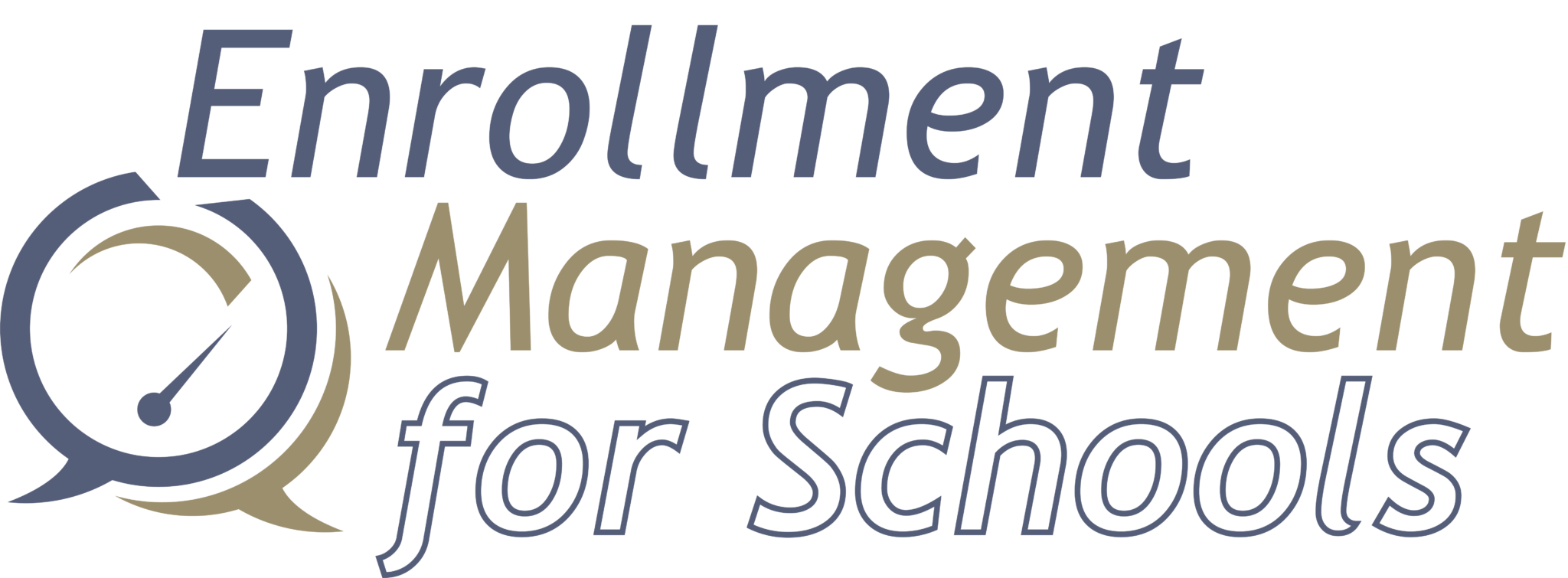 Helping your faculty to understand what they need to do in the recruitment process is an obvious winner for matriculating full-pay families. You may find yourself spending varying levels of time bringing the faculty along. In this article, I offer ideas to help you with building faculty support to assist you in your marketing efforts. Although this type of effort can include various groups, the target below is on faculty- one of the most important allies in your marketing machine. There are five accompanying goals in developing the faculty’s skills.
Helping your faculty to understand what they need to do in the recruitment process is an obvious winner for matriculating full-pay families. You may find yourself spending varying levels of time bringing the faculty along. In this article, I offer ideas to help you with building faculty support to assist you in your marketing efforts. Although this type of effort can include various groups, the target below is on faculty- one of the most important allies in your marketing machine. There are five accompanying goals in developing the faculty’s skills.
Develop their understanding and commitment to:
• Providing an exceptional educational program
• Believing in the educational program’s excellence and uniqueness
• Demonstrating that the program is worth the cost
• Creating a superior recruitment strategy
• Targeting the quality and quantity of students needed to achieve the mission
The achievement of these goals should provide schools with allies and disciples in the marketing process and should increase the schools’ chances to achieve its mission and an increase in full-pay family matriculations.
When questioned about the quality of the education provided, faculty usually say that the education is “good”. If you ask them what makes a good education, some will hesitate, and many won’t give the most compelling response for the ears of the full-pay family. The faculty has not been trained to position their programs and they need support around this issue.
Here are some ideas to consider:
1. Take a look at your primary messages. If you are the chief person to develop your brand messages, you have to be secure in what they are and how they are positioned. Don’t
make an assumption that because teachers educate students every day that they will be able to articulate the excellence of their programs. With the support of your thinking and language developed by talking with them and others, you will package the key messages and provide it to them.
2. Once you are clear on your brand messages, you need to determine how to package them visually. You might want to package those messages in some digital format to share with the faculty and get any feedback or concerns before it is rolled out completely. You should receive an enthusiastic response unless your messages are off. Faculties are notorious for underestimating how good they are. After you have nailed down what is the best language, you can offer it in print through various physical publications or advertisements. Done well, they will be proud to see it.
3. Once the faculty is equipped with the right marketing messages, and they feel empowered and can articulate more passionately about what they offer, you need to determine the kinds of engagement they will have with your prospects- on campus events, webinars, email correspondences, etc.
4. Remember you aren’t just having an event to showcase what you like about your school. The event has a focus that addresses the needs of the customer and your solutions that will solve their educational problems. If your messages don’t address the consumers’ needs, from their perspective, not the school’s perspective, your success will be limited. Teach the faculty to be customer centric in their presentation, not school centric. This means that everyone needs to first find out what the families’ needs are, then apply the relevant solutions offered by the school. The faculty will need training to do this well.
5. This connection with your marketing effort doesn’t just happen overnight. You are giving the faculty language on how to best describe what they do. They have to connect with it, before they are comfortable enough to use it. If the head of school has laid out the importance of this work, then the adoption of the messaging in words and action will happen more readily.
When you combine your marketing and communications methodology with the faculty’s understanding of what they do, you will have an effective tool for marketing to full-pay families. You will also create disciples and further understanding among the faculty for your work, their work, and for the school’s mission.

